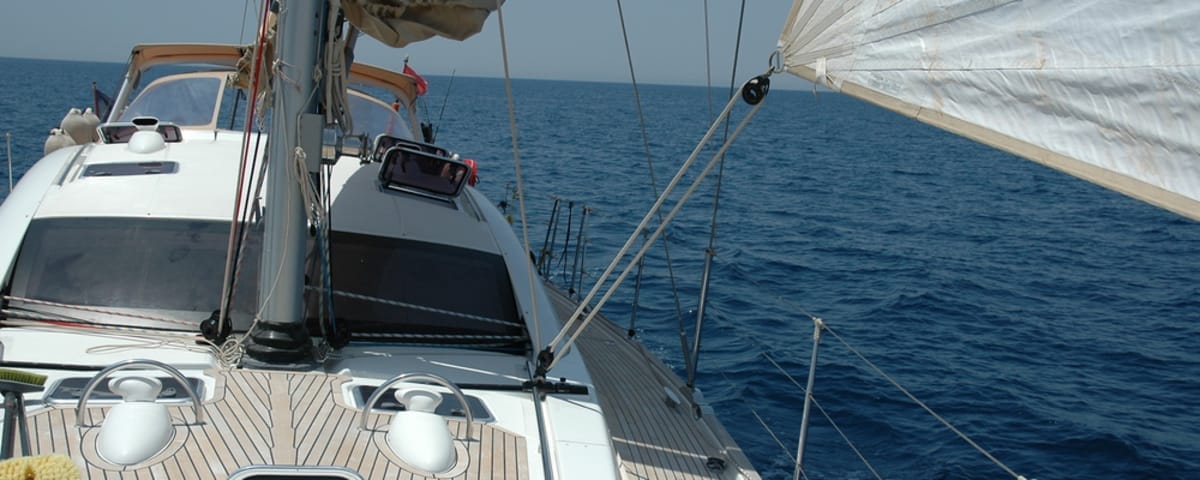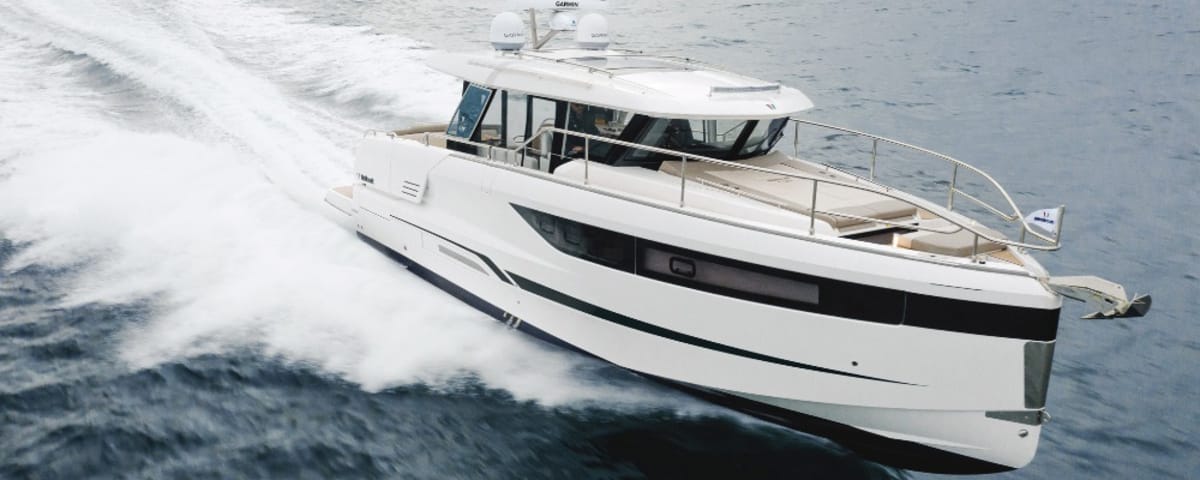Understanding Autopilots for Boats
An autopilot system essentially consists of four key components: an electronic compass, an electronic control unit, a power unit, and a rudder angle sensor (feedback). The compass continuously provides the boat’s heading to the electronic unit. When the autopilot is engaged, the electronic unit memorizes this heading. If the boat deviates from its course, the electronic unit calculates the difference between the memorized heading and the new heading. It then sends a command to the power unit, which activates the steering system to return the boat to its programmed course. The rudder angle sensor constantly measures the rudder’s movement and sends this information back to the electronic unit (inversely related to the compass data) to prevent oversteering and subsequent yawing.
Types of Autopilots
There are two main types of autopilots: cockpit autopilots and in-board autopilots. This article focuses on cockpit models.
Cockpit Autopilots
Cockpit autopilots are designed for either tiller or wheel steering systems. Tiller autopilots are typically used on smaller to medium-sized boats (up to 12 meters) with a maximum displacement of 7 tons, depending on the model. Newer generations can be interfaced with a GPS, wind vane, and a bus system (NMEA 0183 or dedicated). They offer sufficient response time and power for steering in moderate weather conditions. However, they are not designed for all-weather use. Installation involves mounting the autopilot between a point in the cockpit and the tiller. Manufacturers have designed these systems for easy installation by boat owners.
The principle behind a wheel autopilot is similar to that of a tiller autopilot. The main difference lies in the steering mechanism. For a tiller, the ram acts directly on the tiller through lateral movement. For a wheel, a motor controls its rotation. The most challenging part of installation is removing the wheel and centering the drive unit on it. The motor is engaged via a lever on the drive unit. When the autopilot is disengaged, the wheel returns to its original sensitivity. If the compass is not integrated into the autopilot (as is the case with newer versions), it should be mounted on a vertical bulkhead at least 80 cm away from the main compass and away from any magnetic interference.
Autopilots for Motorboats
For outboard motorboats up to 9 meters, the configuration and components are similar to those used on sailboats. For power-assisted steering systems, this can extend to 11 meters. Depending on the model, the compass may be separate or integrated into the control unit. These models are suitable for boats with mechanical steering systems up to 2200 kg. For hydraulic steering systems, this can extend to 3500 kg. Installation involves removing the steering wheel, positioning the power unit on the steering shaft, and replacing the wheel. Some autopilots are also designed for cable steering systems, incorporating a motor and clutch assembly. Before installing such a system, it’s crucial to check the clearance behind the wheel, the cable diameter, and the wheel itself. A minimum clearance of 25 cm behind the wheel is required. If this is not the case, spacers or even relocating the motor may be necessary.
Navico’s Cockpit Autopilot Offerings
Navico, under the Simrad brand, offers three tiller autopilot models (TP-10, TP-22, TP-32). The TP-10 is designed for sailboats up to 10 meters (3700 kg displacement), the TP-22 for up to 11 meters (5000 kg displacement), and the TP-32 for up to 12 meters (6300 kg displacement). They have thrust capacities of 65 kg, 70 kg, and 85 kg, respectively. The TP-22 and TP-32 models can be transformed into wind vane steering systems by using wind data received via SimNet interfaces, such as a wind sensor or NMEA 0183. The NAV mode allows the TP-32 to be controlled via a compatible GPS receiver (NMEA or SimNet).
For outboard motors, Lowrance offers two autopilots compatible with HDS Gen-2, Gen-3, and Touch series displays. They connect to the NMEA 2000 network. The SmartSteer interface allows users to choose a turning mode and convert a track into a route. They are available for hydraulic or cable steering systems for units up to 9 meters.
Enjoyed this post by Thibault Helle? Subscribe for more insights and updates straight from the source.


